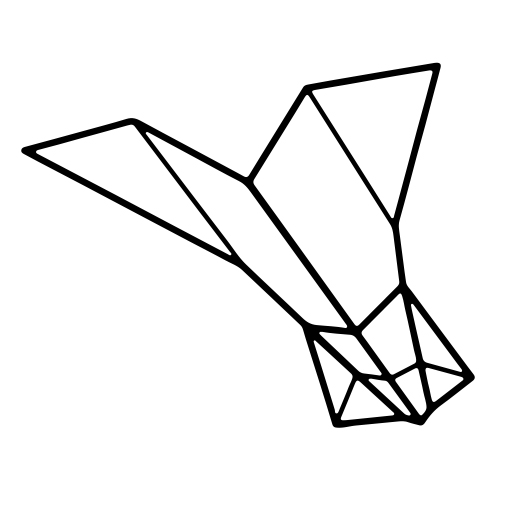Against the backdrop of the themes emphasised by Marx in the fourth section of Capital, vol. 1 (cooperation, relative surplus-value, development of big industry), we will discuss the divergent readings of Marx by Althusser and Negri. In reaction against the crisis of Marxism, both authors, in the 1960s and 1970s, turn to Spinoza to rearticulate key questions of Marx. While Althusser takes up the model of immanent causality in Spinoza, in order to think the reproduction of the capitalist relations of production as process without subject and end, Negri aims at an opposite operation: Refering to Spinoza’s concept of conatus, he tries to reinstall a new idea of transindividual activity at the centre of Marxism. Deleuze’s reading of Spinoza will help us to understand a couple of difficulties and aporiae, with which Althusser and Negri have to fight in their respective readings of Marx with Spinoza.
AUTONOME STUDENTISCHE VORHABEN AN DER UDK SEIT 1989

Katja Diefenbach: Marx with Spinoza – Parallel readings
Date:

